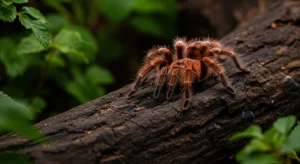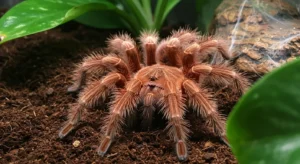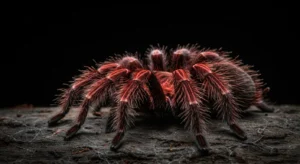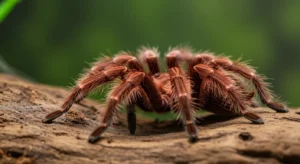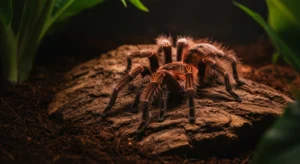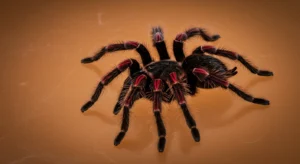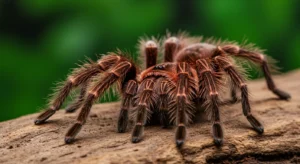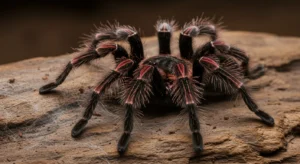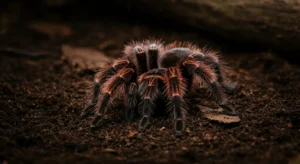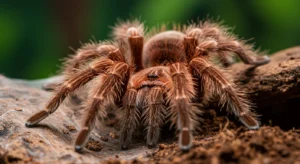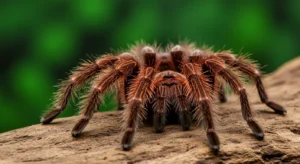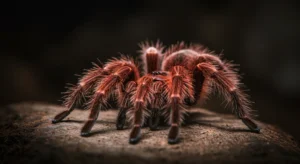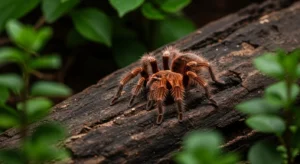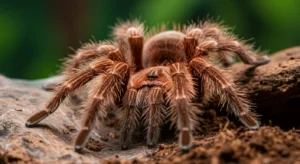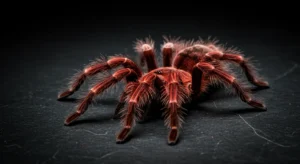Chilean Rose Tarantula Behavior During the Day and Night
Introduction: A Tale of Two Times
The Chilean Rose Tarantula (Grammostola rosea), a popular pet spider native to the arid regions of Chile, Bolivia, and Argentina, exhibits distinct patterns of behavior that differ between day and night. Understanding these natural rhythms is key to providing proper care and appreciating the subtle life of these fascinating arachnids. While often perceived as inactive pets, their world comes alive under the cover of darkness.
Daytime Behavior: Rest and Reserve
During daylight hours, Chilean Rose Tarantulas are typically quiescent. In the wild, this inactivity helps them avoid diurnal predators and conserve moisture in their dry habitat. In captivity, you’ll often observe them:
- Resting within their hide or burrow.
- Sitting motionless in a corner of the enclosure.
- Occasionally making small positional adjustments.
- Minimal hunting or exploration.
This period of rest is crucial for their well-being. They may appear almost statue-like, leading some novice keepers to worry unnecessarily. However, this calm demeanor is perfectly normal. Significant daytime activity might indicate stress or unsuitable environmental conditions.
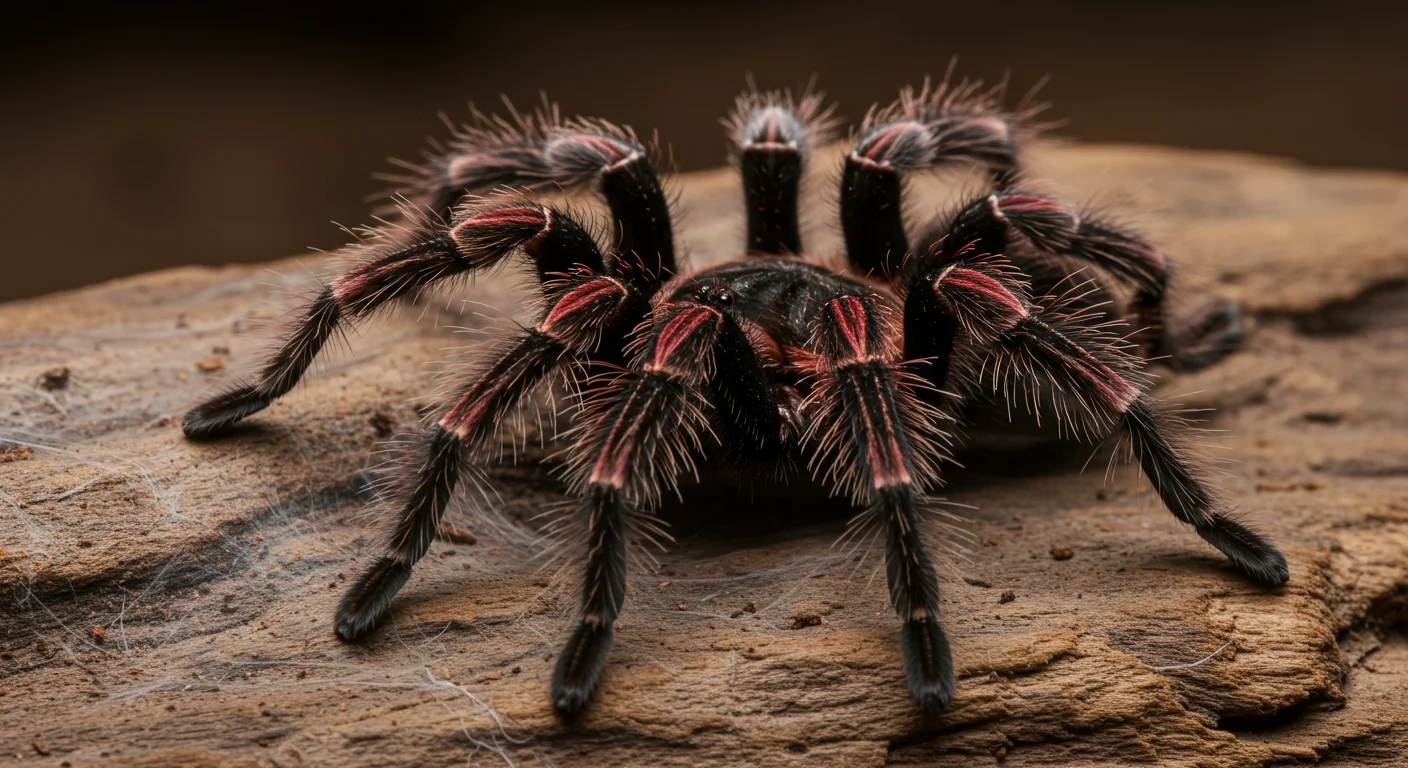
Nighttime Activity: The Active Hours
As dusk falls, the Chilean Rose Tarantula often becomes more active. This aligns with their natural crepuscular and nocturnal tendencies. Nighttime is primarily for:
- Hunting: They may position themselves near their burrow entrance or actively roam the enclosure searching for prey. Their sensitive leg hairs detect vibrations from potential meals.
- Exploration: Exploring their territory, perhaps rearranging substrate or checking the boundaries of their environment.
- Webbing: Some individuals may lay thin layers of silk around their enclosure or burrow entrance during the night.
- Hydration: Visiting the water dish.
Observing Chilean rose tarantula nocturnal activity provides insights into their health and contentment. Gentle red light can be used for observation without disturbing the tarantula, as they perceive red light poorly.
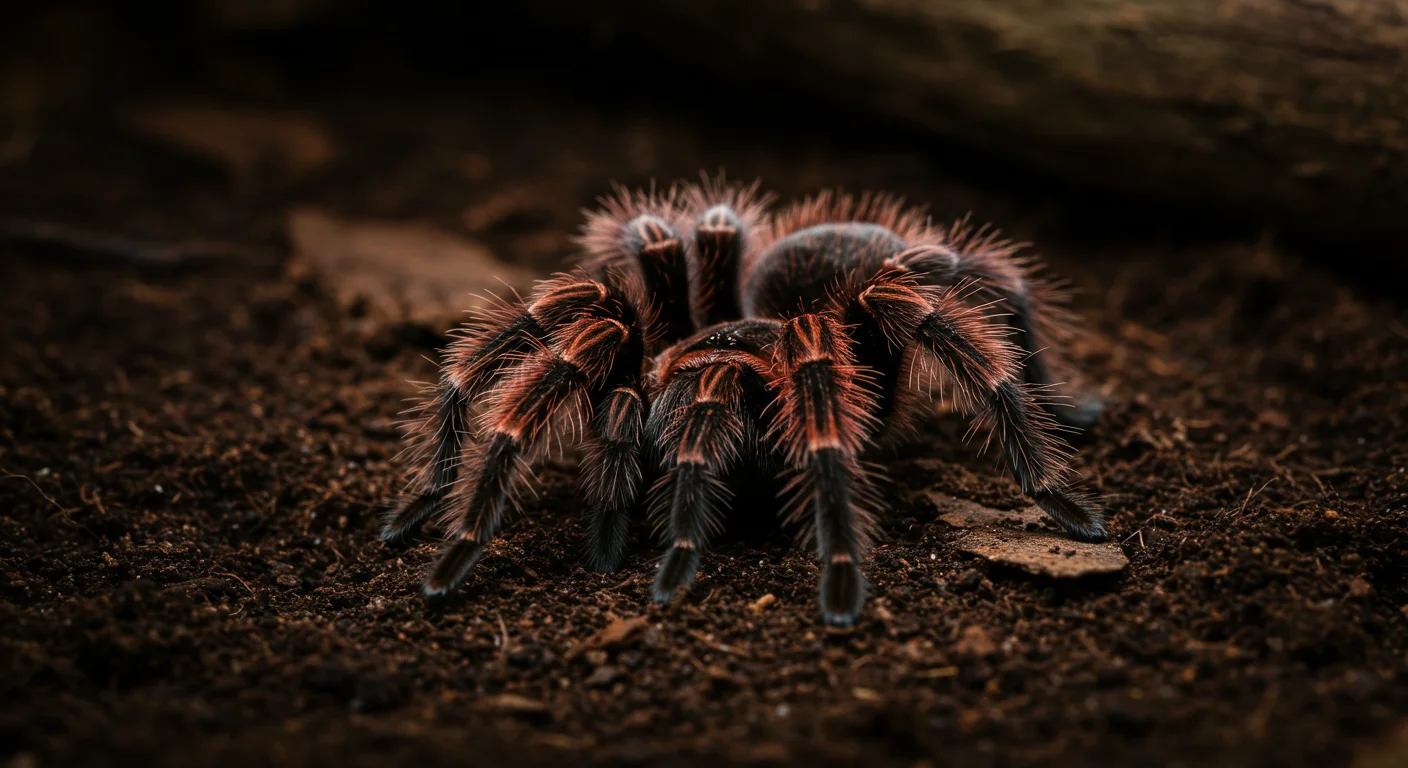
Factors Influencing Behavior
Several factors can influence the typical day/night cycle:
- Feeding Schedule: A hungry tarantula might be more active, even during the day, anticipating food.
- Environmental Changes: Fluctuations in temperature, humidity, or light cycles can alter behavior.
- Molting Cycle: Pre-molt tarantulas become very inactive, often sealing themselves in their burrow day and night. Post-molt, they remain inactive until their exoskeleton hardens.
- Maturity/Sex: Mature males often become exceptionally active, roaming constantly in search of a mate, especially during nighttime hours.
- Stress: A stressed tarantula (e.g., from handling, recent rehousing, inadequate hide) might exhibit unusual activity patterns or remain hidden constantly.
Observing Your Tarantula
Patience is key when observing your Chilean Rose. Don’t be discouraged by their daytime stillness. Providing a secure hide, appropriate substrate, and stable environmental conditions will encourage natural behaviors. Evening and nighttime are the best times to witness their more dynamic side. Understanding their activity cycle helps ensure their environment meets their species-specific needs and allows you to appreciate the subtle yet fascinating life of your eight-legged companion.
Remember that individual tarantulas can have variations in their activity levels. Get to know your specific pet’s baseline behavior to better identify any potential issues.
Information partly sourced from Wikipedia contributors, “Chilean rose tarantula,” Wikipedia, The Free Encyclopedia, (accessed [Current Date]).
